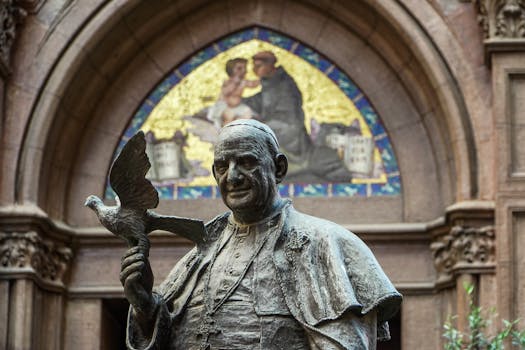
Traveling Through Time: How Europe’s Historical Heritage Shapes Modern Lifestyles in 2025
Introduction to Europe’s Historical Heritage
Traveling Through Time: How Europe’s Historical Heritage Shapes Modern Lifestyles in 2025. Europe, with its vast and diverse historical heritage, has long been a hub of cultural, artistic, and architectural innovation. From the ancient ruins of Greece and Rome to the modern cities of London and Paris, Europe’s historical legacy continues to shape and inspire modern lifestyles. In this article, we will delve into the ways in which Europe’s historical heritage influences contemporary culture, art, and architecture, and explore the importance of preserving our cultural past for future generations.
The Impact of Historical Heritage on Modern Lifestyles
The historical heritage of Europe has a profound impact on modern lifestyles, from the way we design our cities to the art we create. Many European cities, such as Rome, Florence, and Venice, are renowned for their stunning architecture, which reflects the artistic and cultural achievements of the past. These cities have managed to preserve their historical charm while still embracing modernity, making them popular destinations for tourists and a source of inspiration for architects, artists, and designers.
In addition to architecture, Europe’s historical heritage has also shaped modern art and culture. The works of famous European artists, such as Leonardo da Vinci, Michelangelo, and Vincent van Gogh, continue to inspire contemporary artists, while the region’s rich literary heritage, including the works of William Shakespeare and Jane Austen, remains a cornerstone of modern literature.
Preserving Historical Heritage for Future Generations
As we move forward in time, it is essential that we preserve our historical heritage for future generations. This can be achieved through a combination of conservation efforts, educational programs, and cultural events. By protecting and promoting our cultural past, we can ensure that it continues to inspire and shape modern lifestyles, while also providing a sense of continuity and identity for communities across Europe.
Furthermore, preserving historical heritage can also have economic benefits, as cultural tourism is a significant contributor to many European economies. By investing in the preservation and promotion of historical sites and cultural events, governments and local authorities can create jobs, stimulate local economies, and attract visitors from around the world.
Conclusion
In conclusion, Europe’s historical heritage plays a vital role in shaping modern lifestyles, from architecture to art and culture. As we look to the future, it is essential that we preserve our cultural past, not only for its aesthetic value but also for its significance in shaping our identities and inspiring future generations. By protecting and promoting our historical heritage, we can ensure that it continues to thrive and evolve, providing a sense of continuity and connection to our shared cultural past.





